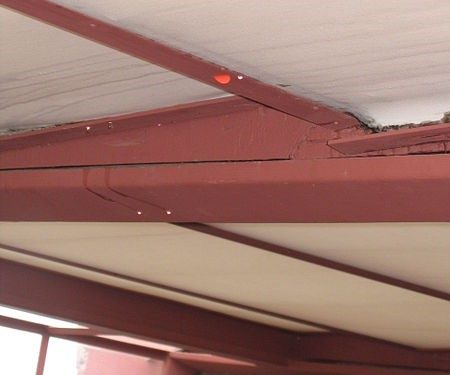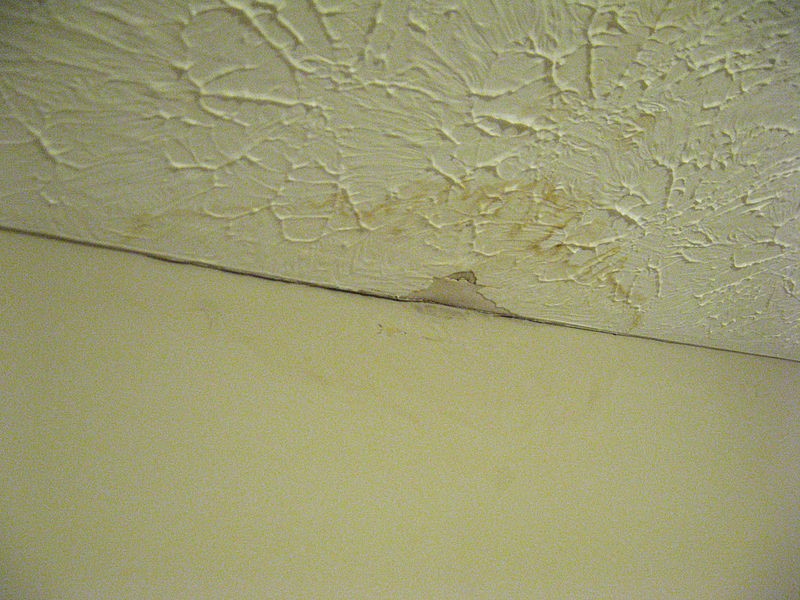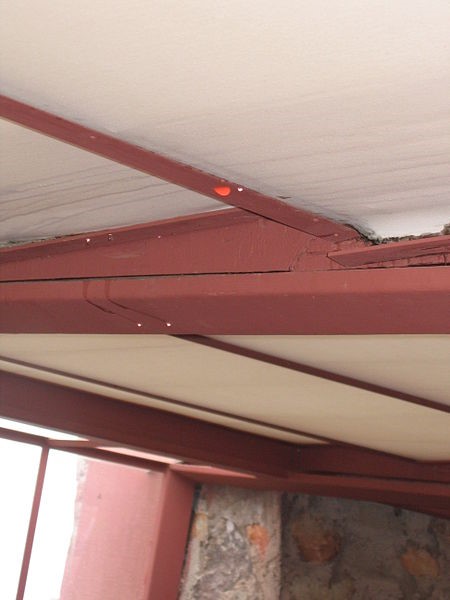
During these wet winter months there is a greater risk of a leak in your roof. If you spot water coming in, don’t panic. Knowing exactly what to do could protect your home from further damage and save a fortune.

First steps
Grab a bucket, pan or even your washing-up bowl to place under the drip. If you’ve got several leaks, start with the biggest and move down in size from there. Don’t forget to empty containers before they’re full to prevent any further damage to your flooring and use an old towel to catch any splashes. If you see bubbles of water underneath wall coverings, open up a small hole in them and release the water to prevent a build-up.
Move your furniture and belongings out of danger, or place protective plastic securely over anything you can’t. Take particular care with electrical items and ensure valuables are stored safely elsewhere.

Call a professional
Once you have stopped any further damage, it is time to take a breath and get some help from an expert. It can be daunting when deciding who to call, but ensure peace of mind by using a Which? Trusted Trader such as the Evesham Roofing Company lwroofing.co.uk.
Make the right choice
Aim for at least three quotes from accredited professionals. As well as online searches, ask friends and family for recommendations, or even put out a request on social media – you can be sure someone you know will have experienced the same problem! Once you’re happy with your choice, make sure the work can be completed quickly and that every aspect of the problem is given thorough attention.
Check your policy
Your home insurance policy could cover the full cost of the damage and repairs, so a call to your provider should be near the top of your to-do list. They will be able to tell you what is and isn’t covered and advise on how they can help.
Act to prevent any repeat problems
Regularly check for potential causes of another leak. Trim overhanging trees and keep your gutters clear of falling leaves and debris to stop water accumulating. You may be able to do some basic maintenance (such as tightening loose fixtures, or using DIY sealants) to fix small issues and keep your home watertight.
